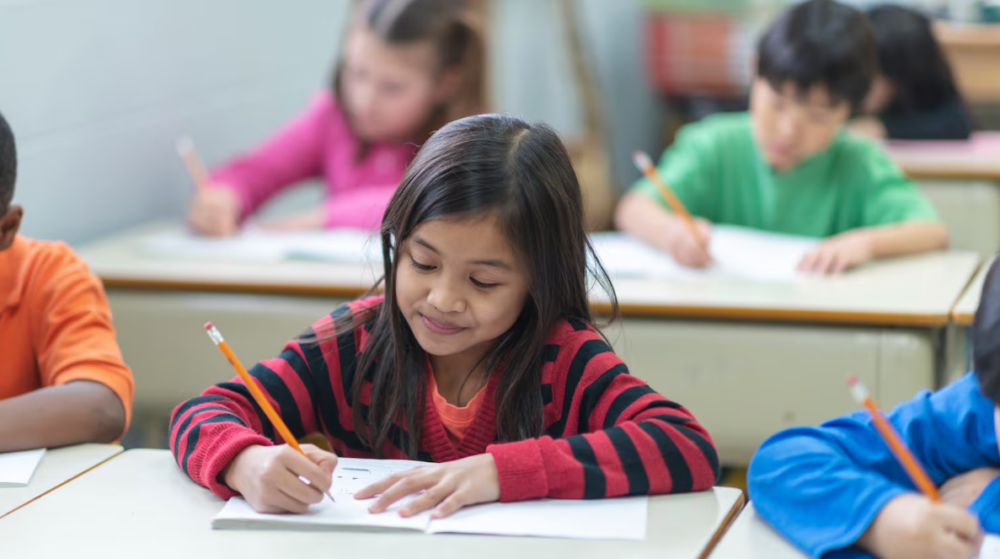NAEP scores show record drop in math for New York City’s fourth graders, but not in reading

10.24.2022 | Chalkbeat NY | “We have to be committed for the long haul to get students the support they need, to make sure schools have the resources and training they need to be able to provide that support, and not to just expect that in 2024, we’re done with this,” said Sarah Part, policy analyst for Advocates For Children New York, which supports the city’s highest need students.
“There will be rippled effects for the next decade, probably,” she said.
Students of color, especially those who are immigrants and come from low-income families, were more likely to lose loved ones, have parents who lost work, or be charged with extra responsibilities, such as caring for younger siblings, said Part, of Advocates for Children.
One federal report found that half of low-income families reported someone in their household losing work or getting a pay cut in 2020. In New York City, Black and Hispanic workers were more likely to be required to work in person, increasing their risk for becoming infected with COVID, according to the report.
“Even if the kid is very young and doesn’t totally understand the details of what’s going on, they sense that their parents are super stressed out and things are not good,” Part said. “All of that affects their ability to learn and focus and get the most out of instruction.”
To help students recover academically from the pandemic, city officials had dedicated more than $750 million toward academic recovery programs and extra services for students with disabilities to be used through 2024, including sending hundreds of millions of dollars directly to schools to create tutoring and enrichment programs. Schools struggled to spend that money last year.
Part’s organization has called on the city’s education department to use COVID dollars for more targeted academic interventions, such as more evidence-based reading interventions. City officials have plans to screen every child for reading challenges and have required schools to spend a portion of their relief dollars on literacy efforts. Читать статью